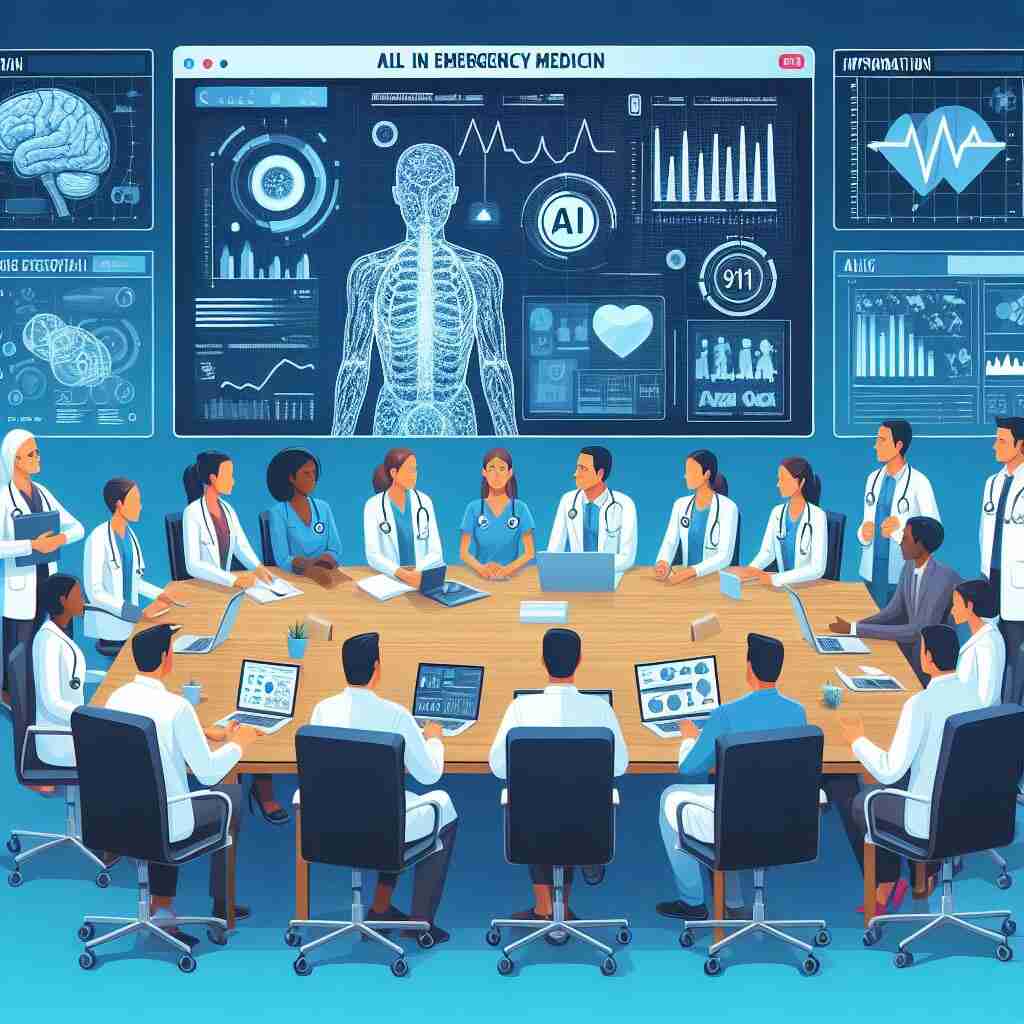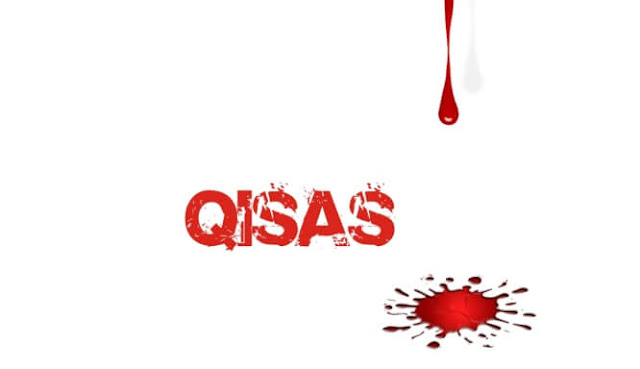Navigating the Role of Artificial Intelligence in Emergency Medicine

Introduction:
In the bustling metropolis of Washington, artificial intelligence (AI) stands as a beacon of innovation, offering promising solutions to complex problems across various domains. From streamlining administrative tasks to aiding in medical diagnosis, AI has undeniably revolutionized numerous facets of modern society. However, recent findings suggest that while AI excels in many areas, its performance in emergency situations may not always meet expectations.
The Promise of AI in Healthcare:
The collaborative efforts between AI technologies and medical professionals have yielded significant benefits, particularly in alleviating the burden of administrative tasks and enhancing the efficiency of diagnosis. In countless scenarios, AI systems have demonstrated a commendable level of cooperation, providing valuable insights and augmenting decision-making processes in healthcare settings.
Unveiling the Limitations of AI in Emergency Medicine: Insights from Experts
Challenges in Emergency Medicine:
A pivotal study conducted by researchers at Washington State University sheds light on the challenges associated with AI deployment in emergency medical scenarios. Specifically, the study scrutinizes the performance of OpenAI’s CHAT GPT program in addressing urgent health concerns, particularly those involving patients experiencing chest discomfort—a hallmark symptom of various cardiac conditions.
Inconsistencies in Diagnostic Outputs:
Intriguingly, the study findings unveil a concerning trend wherein CHAT GPT exhibits inconsistency and variability in its diagnostic outputs when confronted with emergency situations. Despite being presented with identical sets of patient data, the AI system occasionally yields divergent conclusions, ranging from low-risk assessments to elevated risk classifications.
Expert Insights:
Dr. Thomas Heston, a prominent researcher and associate professor at Washington State University, spearheads the investigation into CHAT GPT’s performance. Dr. Heston underscores the pivotal role of reliability and consistency in emergency medical settings, where timely and accurate assessments are paramount. He emphasizes that while AI technologies hold immense potential, their efficacy in high-stakes scenarios remains a subject of ongoing scrutiny and refinement.
Path Forward:
The study’s findings serve as a clarion call for continued research and development efforts aimed at enhancing the robustness and reliability of AI systems in emergency medicine. Addressing the inherent challenges associated with AI deployment in time-sensitive healthcare contexts requires a multifaceted approach, encompassing rigorous validation protocols, algorithmic refinement, and interdisciplinary collaboration between AI experts and medical practitioners.
Conclusion:
In conclusion, while AI undeniably represents a powerful ally in the realm of healthcare, its integration into emergency medical settings necessitates a nuanced understanding of its strengths, limitations, and potential risks. By fostering a culture of continuous improvement and innovation, researchers and healthcare professionals can harness the transformative potential of AI while ensuring patient safety and well-being remain paramount.
یہ مضمون اردو میں پڑھیں
- واشنگٹن میں: جبکہ آرٹیفیشل انٹیلی جنس آج کے دور میں ایک بہترین مسئلہ حل کرنے والا اوزار سمجھا جاتا ہے، مگر ایمرجنسی کی صورت میں یہ ناکام بھی ثابت ہوسکتا ہے۔
کئی صورتوں میں، ای آئی ٹیکنالوجی نے ڈاکٹروں کے ساتھ کام کرتے ہوئے کاغذاتی کام اور کچھ مواقع پر تشخیصی مراحل میں اعلیٰ معاونت ظاہر کی ہے، مگر ایک نیا مطالعہ سگاتا ہے کہ ایمرجنسی کی صورت میں یہ ٹیکنالوجی بہت ہی غیرمعاون اور نقصان دہ ثابت ہوسکتی ہے۔
اوپن اے آئی کے چیٹ جی پی ٹی پروگرام نے ایک امتزاجی اختیارات کے ساتھ ایمرجنسی میں سینے کے درد میں مبتلا مریضوں کے مختلف نتائج دکھائے ہیں۔ ایک تجربے میں، ای آئی نے ایک ہی مریض کے لیے مختلف نتائج پیدا کیے، جو کہ مریض کے لیے نقصان دہ ثابت ہوسکتے ہیں۔
واشنگٹن اسٹیٹ یونیورسٹی کے معاون ایسوسی ایٹ پروفیسر ڈاکٹر تھامس ہیسٹن کے مطابق، چیٹ جی پی ٹی عام طور پر درستی کے ساتھ کام نہیں کرتا۔ ایک ہی ڈیٹا کے ساتھ، چیٹ جی پی ٹی کبھی کبھار مریض کے نتائج کو کم خطرہ، پھر درمیانی خطرہ، اور اختتاماً زیادہ خطرہ قرار دیتا ہے، جو کہ ایمرجنسی کی صورت میں مسئلہ بنتا ہے۔
Note: This article was originally published on our related blog. We have merged content from our educational subdomains to provide easier access in one place. The original post is still available at: https://videos.urdutubes.com/2024/05/unveiling-the-limitations-of-ai-in-emergency-medicine.html
All content is owned and authored by us, and redistribution or reuse is not allowed without permission.
Note: This post is part of our content merger from multiple educational subdomains. To access the original content, visit: books.urdutubes.com for book-related content, PDFs, and downloads, or videos.urdutubes.com for video-related posts. All content is owned and authored by us, and redistribution or reuse is not allowed without permission.




![Khawateen Digest February 2025 [Download PDF] Khawateen Digest – February 2025 Edition: A Must-Read for Every Woman! The February 2025 issue of Khawateen Digest is packed with engaging stories, insightful articles, and practical tips that cater to the modern woman. From inspiring tales to expert beauty and health advice, this edition has it all. Whether you're in the mood for a gripping story or seeking helpful tips for daily life, this digest will keep you hooked. Don't miss out on the latest edition – download the Khawateen Digest February 2025 now and enjoy a well-rounded read that speaks to every woman's interests.](https://www.urdutubes.com/wp-content/uploads/2025/04/Khawateen-Digest-February-2025-Download-PDF-218x150.jpg)
![Khawateen Digest January 2025 [Download PDF] Khawateen Digest January 2025 [Download PDF]](https://www.urdutubes.com/wp-content/uploads/2025/04/Khawateen-Digest-January-2025-Download-PDF-218x150.jpeg)
![Kiran Digest April 2024 [Download PDF] Kiran Digest April 2024 [Download PDF]](https://www.urdutubes.com/wp-content/uploads/2025/04/Screenshot-2025-04-13-113317-218x150.png)
![Kiran Digest March 2024 [Download PDF]](https://www.urdutubes.com/wp-content/uploads/2018/05/KiranDigestMay2018255BDownloadFreePDF255D.jpg)








